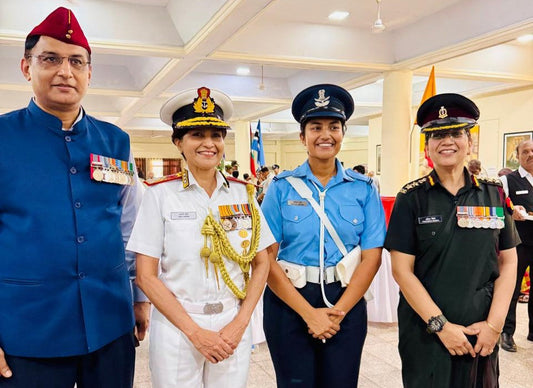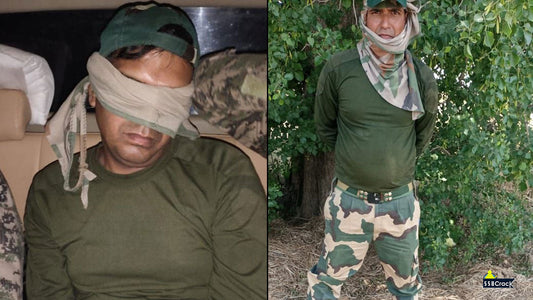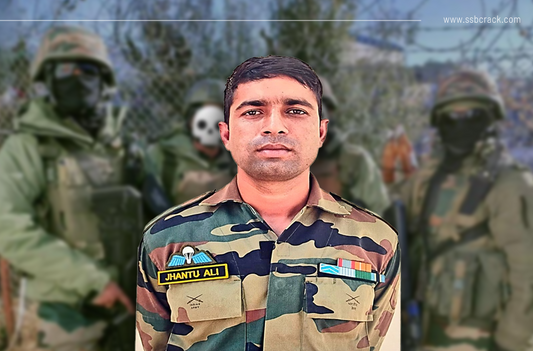1 Lakh Personnel Shortage in Indian Army Amid Border Tensions
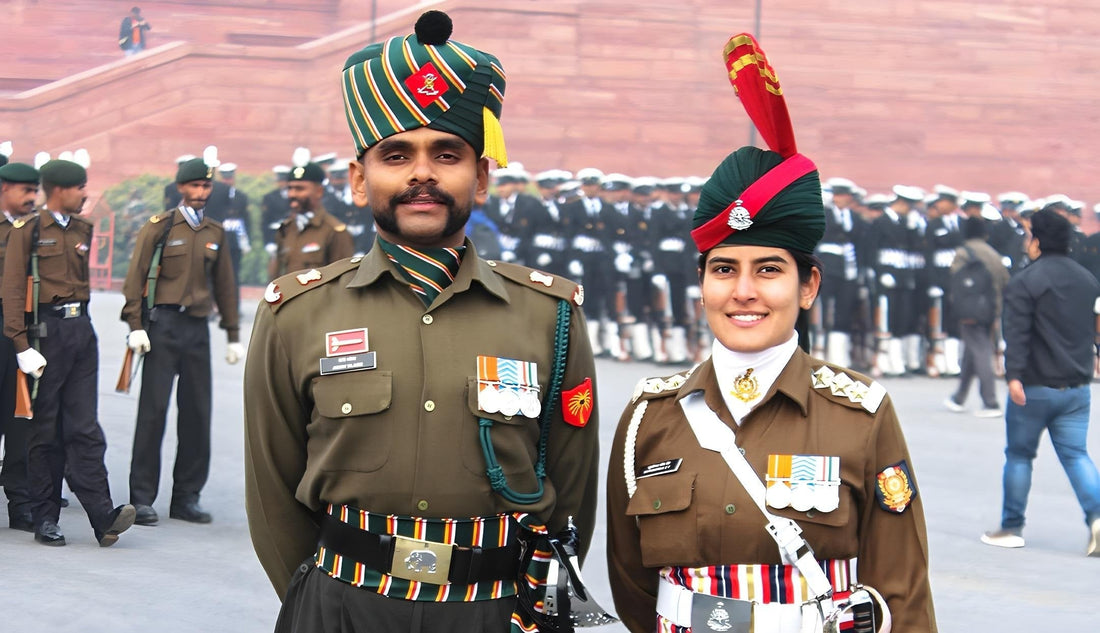
The Indian Army is currently facing a significant manpower shortage of over one lakh personnel, a challenge that comes amidst ongoing tensions along the Line of Control (LoC) with Pakistan and the Line of Actual Control (LAC) with China. The Ministry of Defence disclosed the figures to the Parliamentary Standing Committee, highlighting serious concerns about force readiness and operational capability.
Strength Gap in the Ranks
As per official data, the Indian Army’s current strength stands at 12.48 lakh, which is more than one lakh short of the sanctioned strength. Specifically, as of October 1, 2024, the Army had 11,05,110 personnel against the authorized strength of 11,97,520—indicating a shortfall of 92,410 Junior Commissioned Officers (JCOs) and Non-Commissioned Officers (NCOs), or a 7.72% gap.
The officer cadre is also under strain. As of July 1, 2024, the Army had 42,095 officers (excluding Medical, Dental, and Military Nursing Corps) against a sanctioned strength of 50,538—reflecting a 16.71% shortage.
SSB Interview Books Power Pack: 4 Must Read Books for Defence Aspirants
Rs. 1,760.00
Sale price
Rs. 1,399.00
Let's Crack SSB Interview Book [Paperback]
Rs. 390.00
Sale price
Rs. 360.00
Breaking The Code of SSB Psychological Tests [Paperback]
Rs. 390.00
Sale price
Rs. 360.00
OIR Test & PPDT - SSB Interview Screening Test - Stage 1 Testing [Paperback]
Rs. 490.00
Sale price
Rs. 375.00
Persistent Border Deployments
Even after a disengagement agreement with China, over 50,000 Indian soldiers remain stationed in eastern Ladakh. Simultaneously, in response to a recent spike in terror activities, 15,000 additional troops have been deployed in Jammu. These continued deployments are putting additional pressure on the already stretched manpower.
Covid-19 Fallout and Recruitment Challenges
The Defence Ministry attributed part of the shortage to the Covid-19 pandemic, during which recruitment was halted for two years. During this period, nearly 1.2 lakh soldiers retired from service, while no new inductions were made. Although the Agnipath scheme has been inducting 40,000 Agniveers annually since 2022, the numbers have yet to compensate for the losses.
The ministry said it is optimistic that as the Agnipath scheme matures, the soldier shortfall will be gradually addressed.
Measures to Tackle Officer Shortfall
To overcome the officer deficit, the Army has undertaken multiple reforms:
- Improved SSB Process: Candidates are now reminded of their interview dates through multiple channels, and absentees are being offered second chances.
- Increased Capacity: The number of SSB batches has been doubled to accommodate more aspirants.
- Simplified Documentation: Candidates can now upload required documents during form submission.
- Faster Medical Processing: The medical examination duration has been cut from 8–10 days to just 2–3 days.
To further boost officer intake, a Young Leaders’ Training Wing has been established at the Officers Training Academy (OTA) in Chennai, aimed at preparing serving soldiers for officer roles. Additionally, the Technical Entry Scheme (TES) has been revised from a 4-year to a 3+1 year model, enabling faster induction of technical officers.
SSB Interview Study Material 2025 [ Pack of 17 eBooks ]
Rs. 1,313.00
Sale price
Rs. 499.00
Thematic Apperception Test (TAT) Part 1 eBook [100+ Stories]
Rs. 150.00
Sale price
Rs. 139.00
SSB Lecturette Topics Part-1 eBook [100 Topics]
Rs. 149.00
Sale price
Rs. 125.00
20 Practice Sets For OIR Test eBook - [1000+ Questions Included]
Rs. 250.00
Sale price
Rs. 199.00
Way Forward
The Defence Ministry affirmed that officer and soldier vacancies are being filled on a time-bound basis, with annual intake adjusted to account for retirements and resignations. It also stated that the recent reforms in recruitment and training are already showing positive results in improving intake rates.
As the Indian Army continues to guard its borders against increasing threats, resolving the personnel shortage remains a top priority for maintaining national security and operational effectiveness.


![Let's Crack SSB Interview Book [Paperback]](http://shop.ssbcrack.com/cdn/shop/files/ssb-books.webp?v=1736351621&width=533)




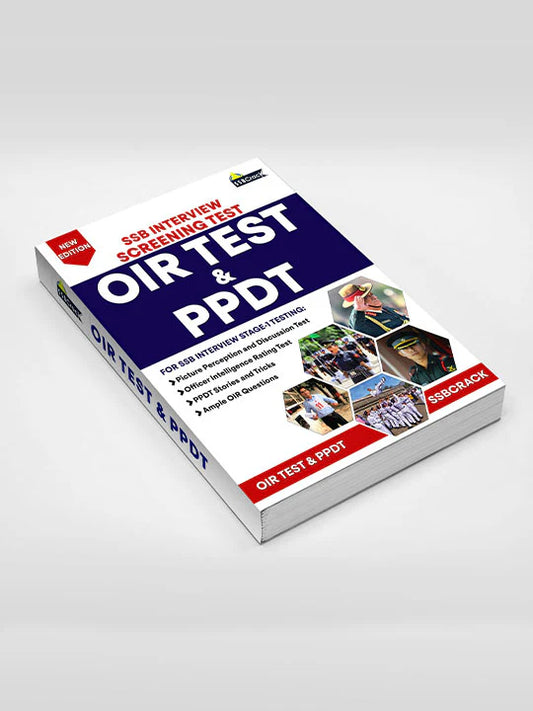


![Thematic Apperception Test (TAT) Part 1 eBook [100+ Stories]](http://shop.ssbcrack.com/cdn/shop/files/TAT-ebook-part-1-ssbcrack_051ae49c-43ea-4eb4-95c7-0fa0bfa2a639.jpg?v=1735540406&width=533)





